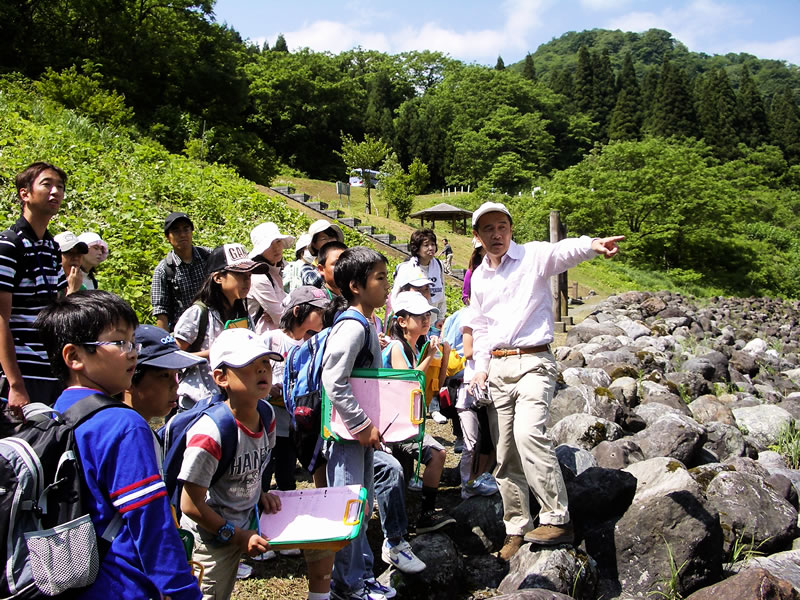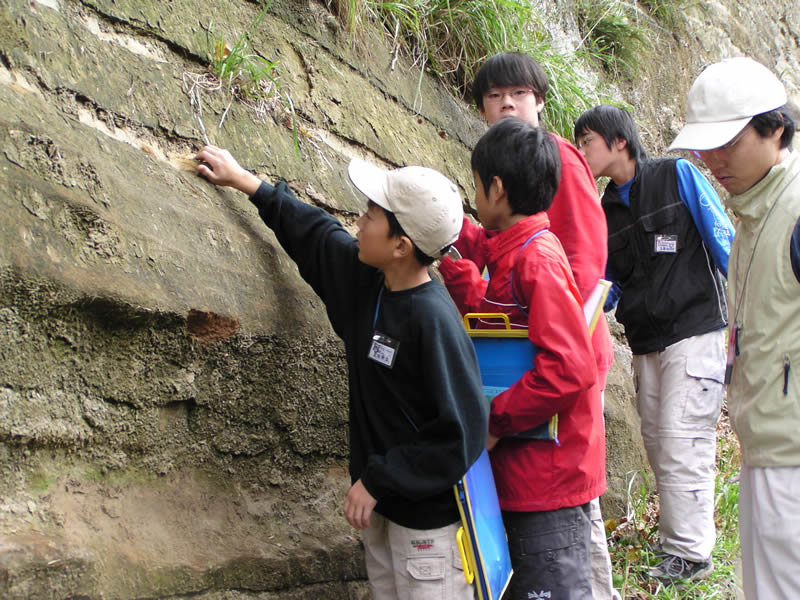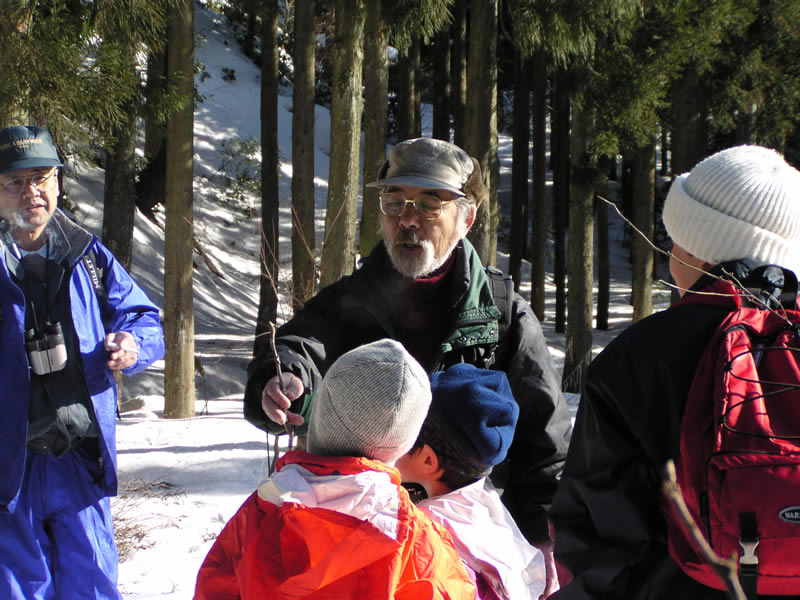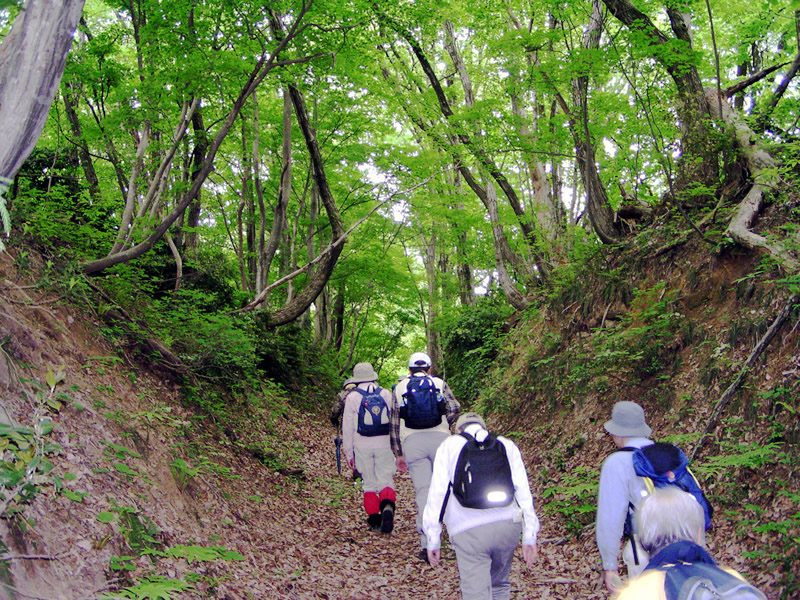About Itoigawa Geopark
What is a Geopark?
Learn More About our Planet
Few things are more important to ensuring that we will be able to continue to live in peace than to understand and protect our planet and the natural environment in which we all live. Not only global warming, climate change and the depletion of energy and natural resources, but also earthquakes, volcanoes, floods, droughts and other natural disasters threaten us and our livelihoods. A critical issue at the heart of these calamities is unchecked development which is done unsustainably and without consideration for balance between our planetary environment and our societies.
The only way we can truly begin to improve our situation is to take time to reflect on ourselves and what our connection is to the planet we share. Geoparks, as areas of exceptional geological heritage connected to sustainable development, are excellent places to rediscover ourselves, the land around us and the deep connection we all share as residents of the same planet Earth.
What is the Itoigawa Geopark?


Itoigawa is most well-known for a massive fault called the Itoigawa-Shizuoka Tectonic Line and for jade gorges where massive jade boulders collect along riverbeds.
The Itoigawa-Shizuoka Tectonic Line is where the Japanese Islands broke into two as they separated from the Asian continent nearly 20 million years ago. Itoigawa’s jade formed deep underground over 500 million years ago and was lifted up to the surface by these same tectonic forces.
Both of these sites share with us a special story about how the land around us formed and one of the missions of the Itoigawa Geopark is to ensure that these stories and the landforms and structures which tell them are preserved so they can be shared and enjoyed by future generations.
Learning How Our Land Has Shaped Our Lives and Our History
Movement along the Itoigawa-Shizuoka Tectonic Line causes a number of disasters, including earthquakes and landslides. However, the Old Matsumoto Road was made possible by the low-lying, gentle slopes carved through the mountains by this same movement. Also known as the Salt Trail, this road was an essential trading link for centuries, allowing the people of Itoigawa to carry salt vital for preserving food to inland provinces.
Likewise, these tectonic forces carried the beautiful green jade prized by the prehistoric residents of the area, fostering the world’s oldest jade culture right here in Itoigawa.
When visiting Geoparks like Itoigawa, we can learn how the forces and processes which created (and continue to shape) the land around us affect our history, our cultures and our lives.
Creating Sustainable Societies for a Sustainable Future
As more people visit Geoparks like Itoigawa, interest and awareness will increase regarding our planet, its memory and how it connects us all together. Bent and crooked strata, rugged rocky outcrops, landslides, terraced rice fields, folk arts and crafts, fisheries and marine produce all of these are surprisingly interconnected, woven together by the story of the land around us and how we as people have built our societies around it.
The local people living in a Geopark feel a natural sense of pride in their resources, they want to protect them, conserve them and to share them with others. They want to share their local foods and their local crafts with visitors. They want to share them with their children, teaching them about their hometown and raising future generations who understand the connection we share with our planet.
It is our hope that Geoparks can spread the message of this way of life to people and communities around the world, creating a new network of humanity, connected by an appreciation for the land around us.

Itoigawa UNESCO Global Geopark joins UNESCO in supporting the United Nations 2030 Agenda for Sustainable Development, including its 17 Sustainable Development Goals. These goals are a call-to-action to all people living in all societies to work together to eliminate poverty, improve health and education, reduce inequalities and build local and regional economies in a way that is sustainable and includes action to reduce the impacts of climate change while preserving the abundance of our oceans and forests.
For more information about the Itoigawa UNESCO Global Geopark, visit their homepage below:



















